Remember when going out to eat meant choosing between your favorite chain restaurants? Many beloved dining spots that once dominated strip malls and food courts have either closed completely or shrunk dramatically. From casual dining giants to fast-food favorites, these restaurant chains couldn’t keep up with changing tastes and tough competition.
Red Lobster
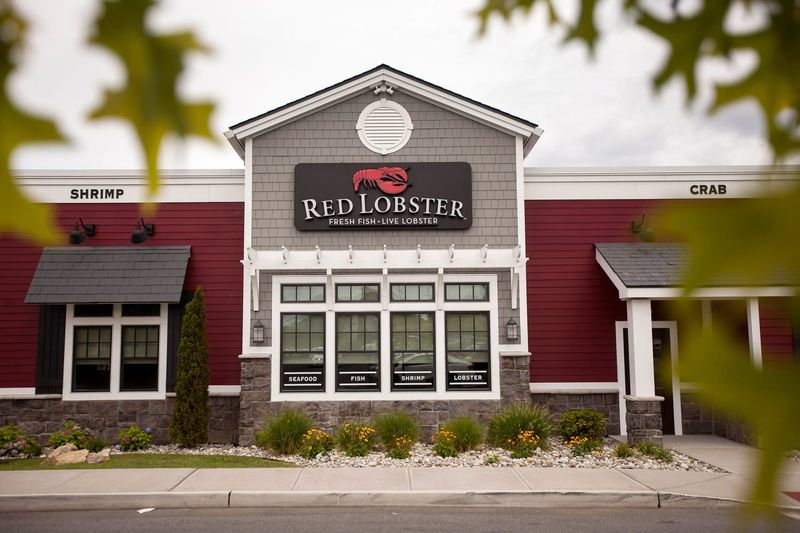
Endless shrimp promotions might have sounded like a great marketing idea, but they nearly sank this seafood chain. Red Lobster struggled with rising food costs and declining customer visits for years.
The restaurant filed for bankruptcy in 2024 after closing dozens of locations nationwide. Many families grew up celebrating special occasions here, making its downfall particularly heartbreaking for longtime fans.
Applebee’s
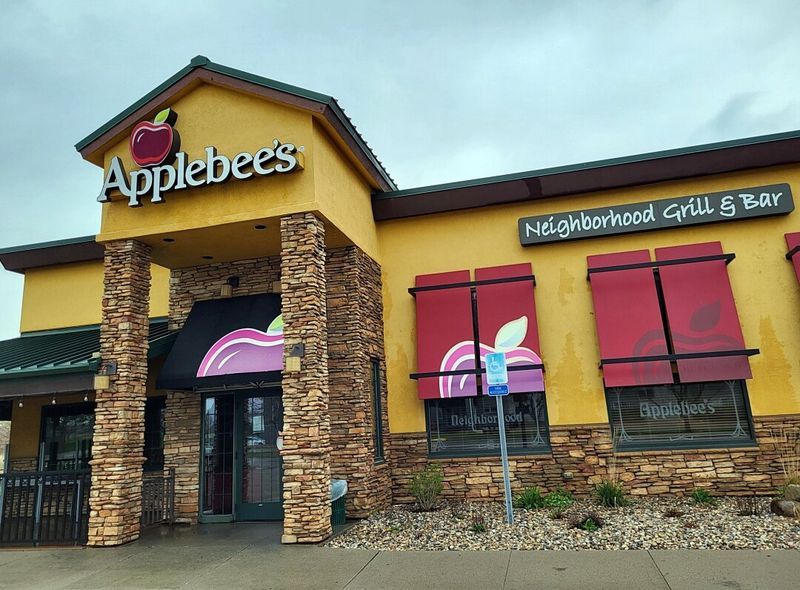
Microwave jokes became reality when customers realized their neighborhood grill wasn’t actually grilling much. Applebee’s faced criticism for serving reheated frozen meals instead of fresh food.
Younger diners abandoned the chain for more authentic dining experiences. The restaurant closed hundreds of locations while desperately trying to modernize its image and menu with limited success.
Boston Market
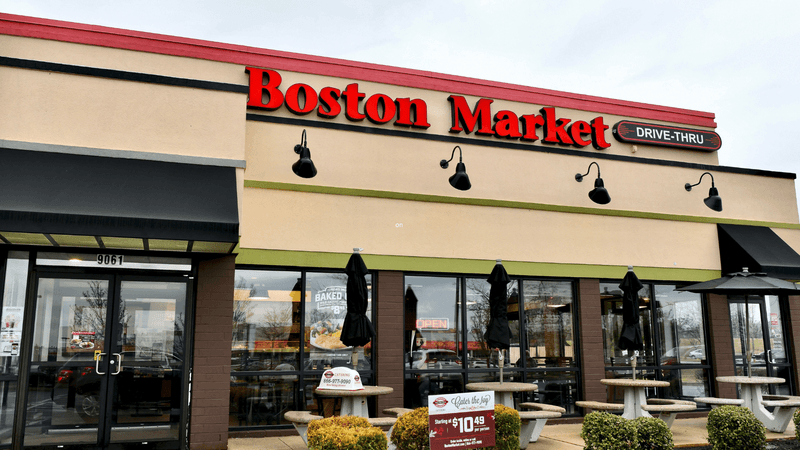
Rotisserie chicken was supposed to be this chain’s secret weapon, but poor management cooked their goose instead. Boston Market expanded too quickly without proper financial planning.
The company filed for bankruptcy multiple times and closed most locations. Food quality declined while prices increased, driving away customers who once loved their home-style meals and cornbread.
Ruby Tuesday
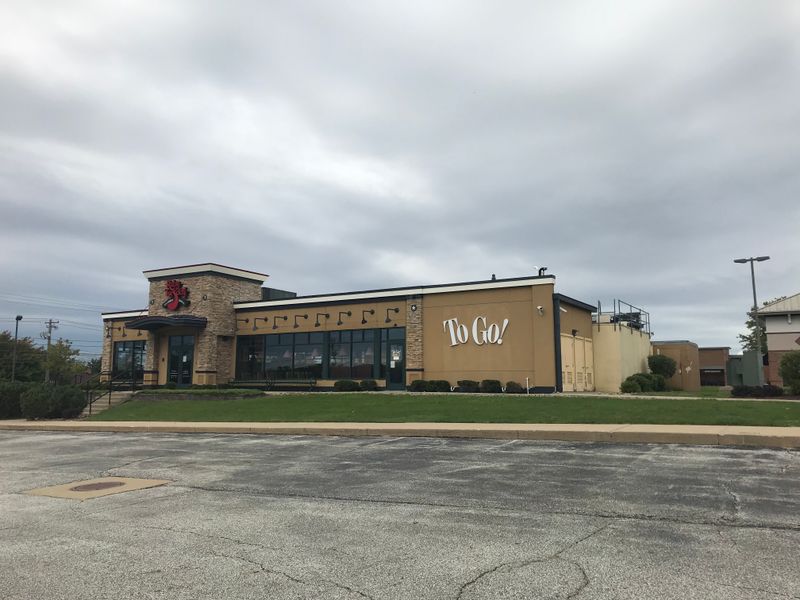
Their famous salad bar couldn’t save this casual dining chain from a steady decline. Ruby Tuesday struggled to compete with fast-casual restaurants and delivery apps.
The company closed over 400 locations in recent years while filing for bankruptcy. Customers complained about inconsistent food quality and outdated restaurant interiors that felt stuck in the 1990s.
TGI Fridays
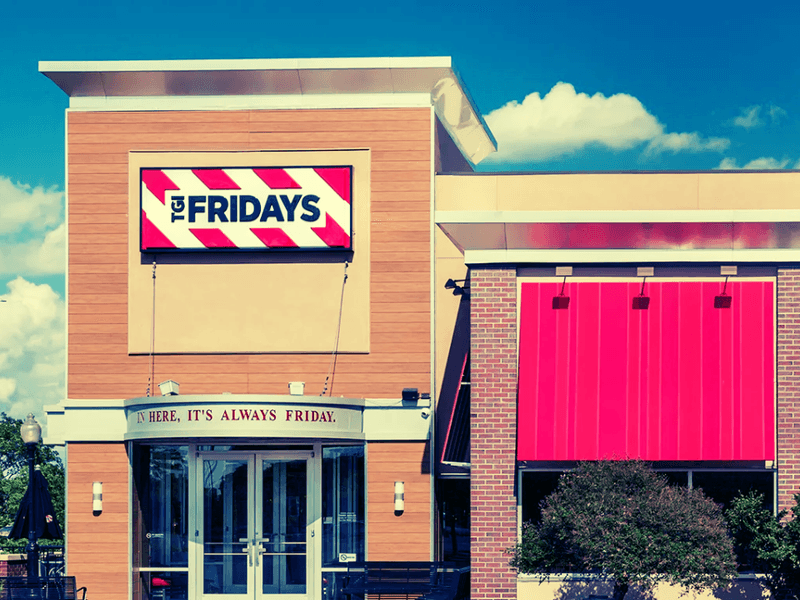
Flair-wearing servers and loaded potato skins made this chain a 1980s icon, but the party eventually ended. TGI Fridays couldn’t adapt to changing dining trends and younger customers.
The restaurant closed numerous locations while struggling with debt and declining sales. Their once-fun atmosphere felt forced and outdated compared to newer, more authentic dining experiences available elsewhere.
Friendly’s
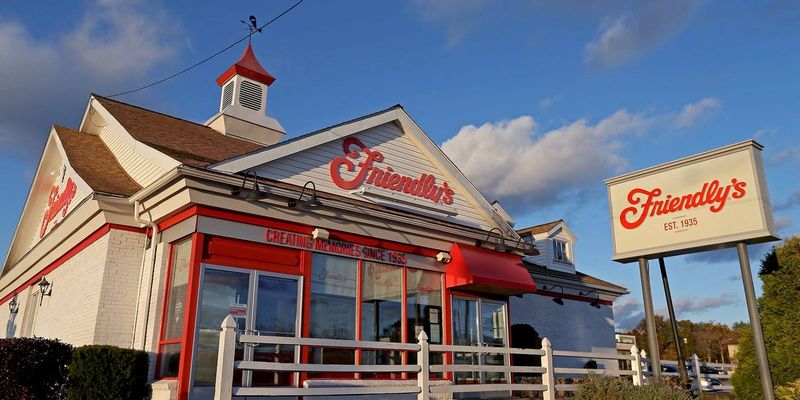
Ice cream sundaes and burgers seemed like a winning combination, but this family restaurant chain melted under financial pressure. Friendly’s filed for bankruptcy twice while closing hundreds of locations.
Rising costs and competition from both fast food and premium ice cream shops squeezed profits. Many New England families have fond memories of birthday celebrations here, making its decline especially sad.
Sbarro
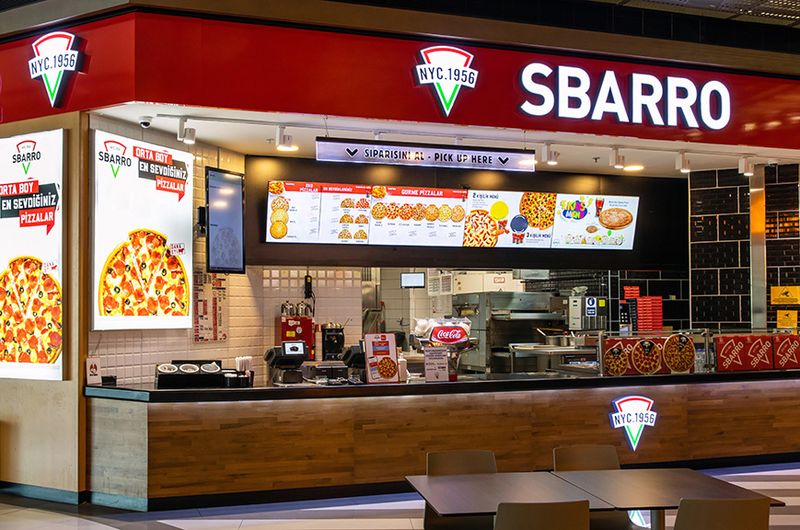
Mall food courts wouldn’t be the same without a slice of Sbarro pizza, but this Italian chain crumbled along with shopping centers. Sbarro filed for bankruptcy multiple times as mall traffic declined.
Their pizza became synonymous with mediocre mall food rather than quality Italian cuisine. Online shopping killed foot traffic, leaving many locations with empty courts and struggling businesses.
Quiznos
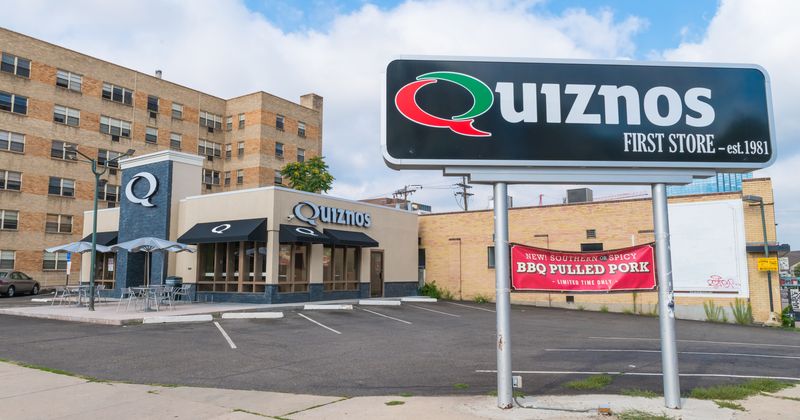
Toasted subs were their specialty, but Quiznos got burned by poor franchise relationships and aggressive expansion. The chain went from thousands of locations to just a few hundred.
Subway’s dominance and high franchise fees drove many owners out of business. Their quirky commercials featuring strange creatures became more memorable than the actual food they served to customers.
Fuddruckers
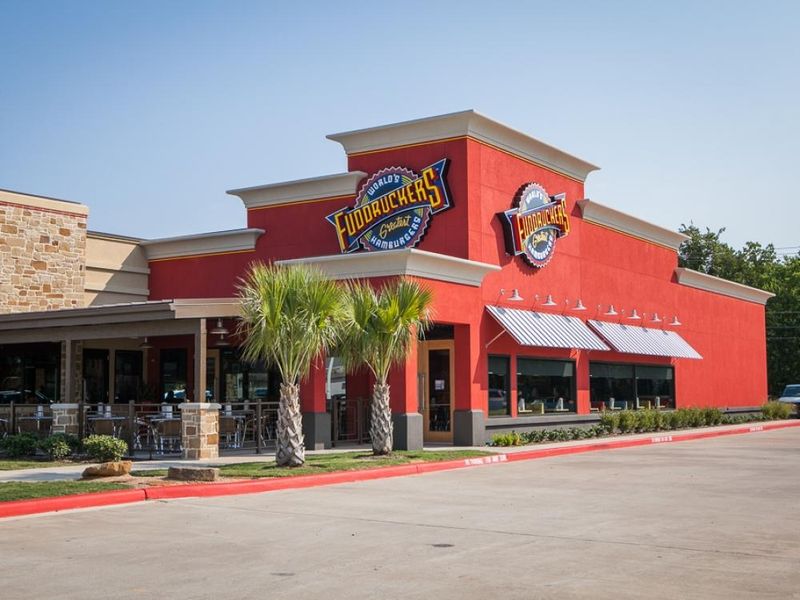
Build-your-own burgers and fresh-baked buns made Fuddruckers unique, but uniqueness wasn’t enough to survive. The chain struggled with high operating costs and complex restaurant operations.
Their large restaurants required significant investment while profit margins remained thin. Many locations closed as the company filed for bankruptcy, leaving burger lovers with fewer options for customizable meals.
Steak ‘n Shake
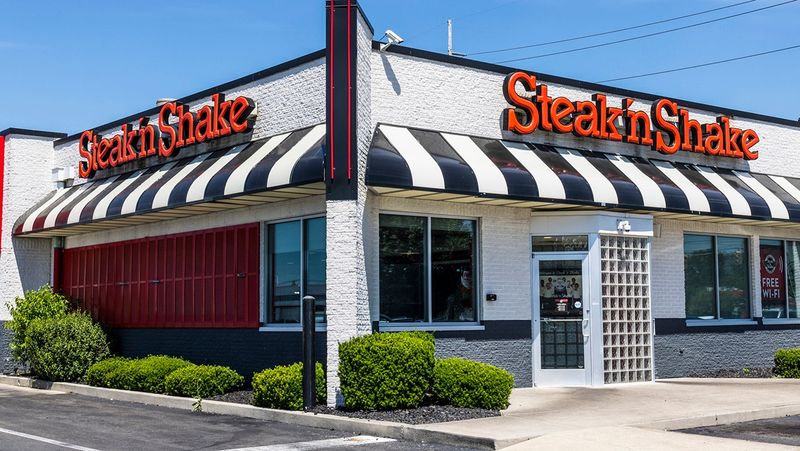
Steakburgers and milkshakes defined this Midwest chain, but financial troubles shook their foundation. Steak ‘n Shake nearly went bankrupt while closing dozens of company-owned locations.
The transition to franchise-only operations alienated longtime customers who noticed declining food quality. Their signature black and white checkered floors became less common as locations struggled to stay profitable.
Joe’s Crab Shack
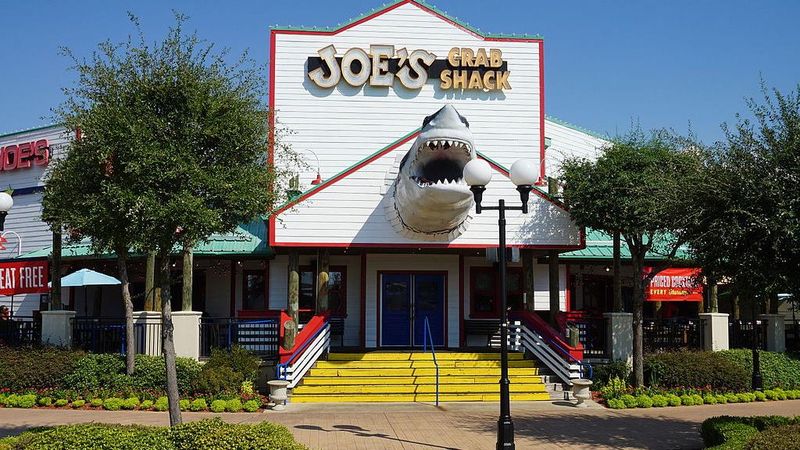
Buckets of crab and beach-themed decor created a fun atmosphere, but this seafood chain couldn’t stay afloat. Joe’s Crab Shack closed most locations while struggling with high food costs.
Seafood restaurants face unique challenges with ingredient pricing and freshness. The casual dining market became oversaturated, making it harder for themed restaurants to attract customers consistently throughout the year.
Hardee’s
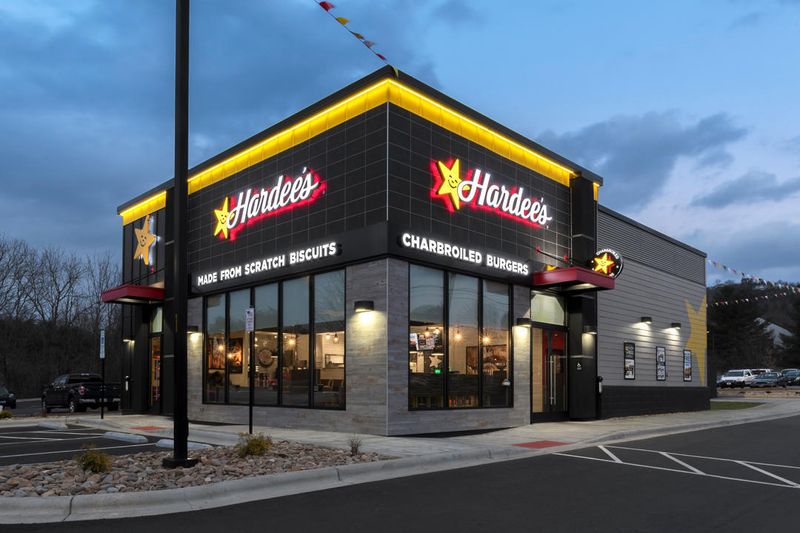
Thick burgers and bold advertising couldn’t save this fast-food chain from regional decline. Hardee’s struggled to compete with McDonald’s and other national burger chains.
The brand merged with Carl’s Jr. but maintained separate identities in different regions. Many locations closed as the company focused resources on stronger markets, leaving former customers without their favorite breakfast items.
Hometown Buffet
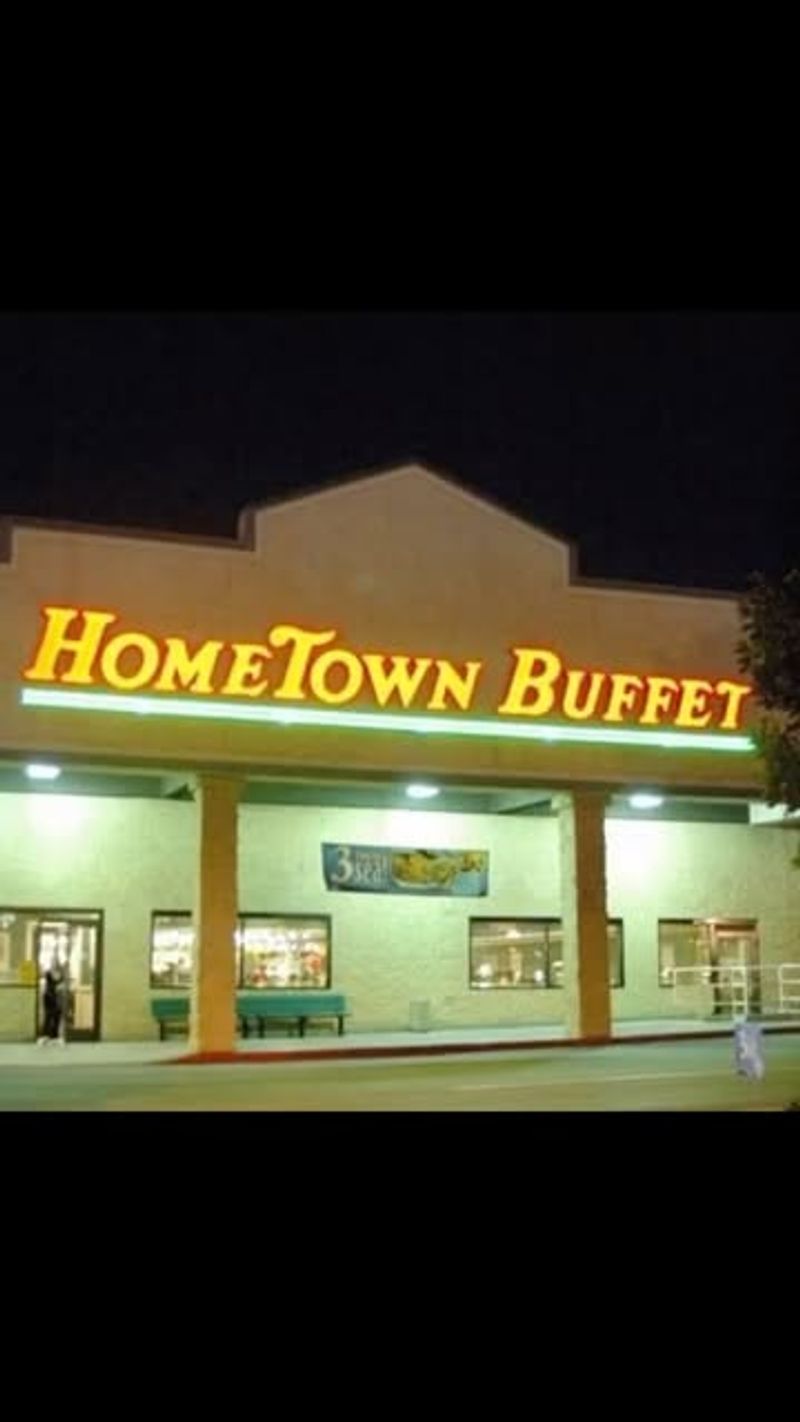
All-you-can-eat dining seemed perfect for families, but this buffet chain couldn’t stomach rising costs and changing preferences. Hometown Buffet filed for bankruptcy while closing most locations.
Health concerns about buffet-style dining increased, especially during the pandemic. Younger generations preferred made-to-order meals over self-service options, leaving many buffet restaurants with aging customer bases and declining profits.
Ponderosa Steakhouse
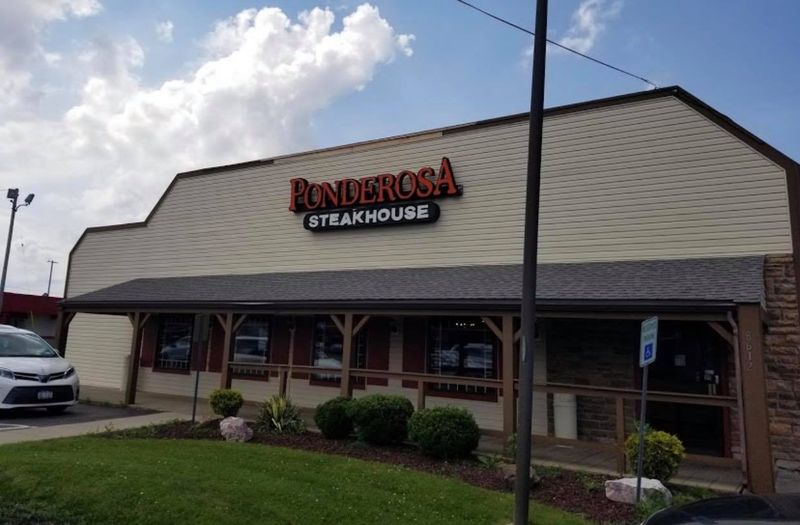
Steak and salad bars attracted budget-conscious families, but Ponderosa couldn’t compete with upscale steakhouses and fast-casual options. The chain closed hundreds of locations over decades.
Their Western theme felt outdated while food quality remained inconsistent. Rising beef costs squeezed already thin profit margins, making it difficult to maintain affordable prices while improving restaurant experiences.
Blimpie
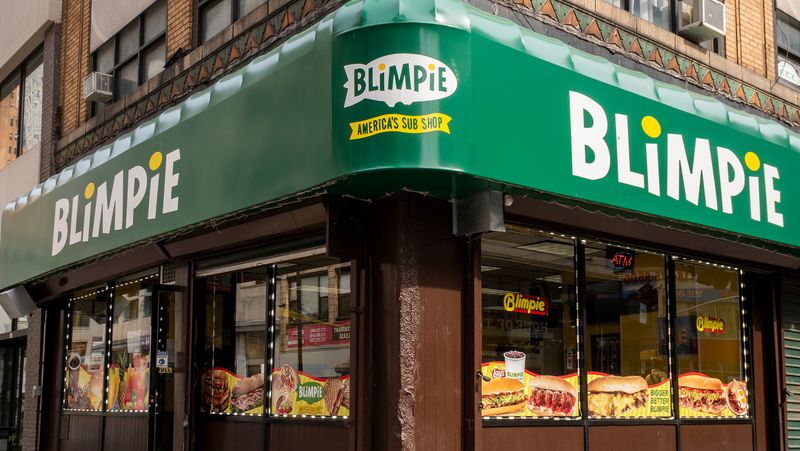
Submarine sandwiches were their claim to fame, but Blimpie sank under Subway’s dominance in the sandwich market. The chain lost thousands of locations while struggling with brand recognition.
Franchise support issues and limited marketing budgets hurt growth potential. Many customers confused Blimpie with other sandwich shops, making it harder to build loyal followings in competitive markets dominated by larger chains.
Marie Callender’s
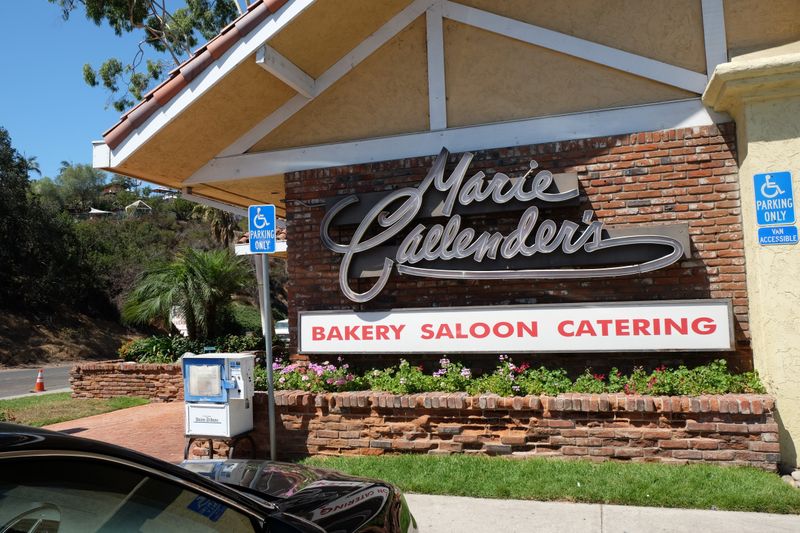
Homestyle pies and comfort food made this chain a family favorite, but Marie Callender’s couldn’t slice through financial difficulties. The restaurant filed for bankruptcy while closing most locations.
Casual dining competition intensified while operating costs increased significantly. Their famous pies became available in grocery stores, reducing the need for customers to visit restaurants for dessert experiences.
Long John Silver’s
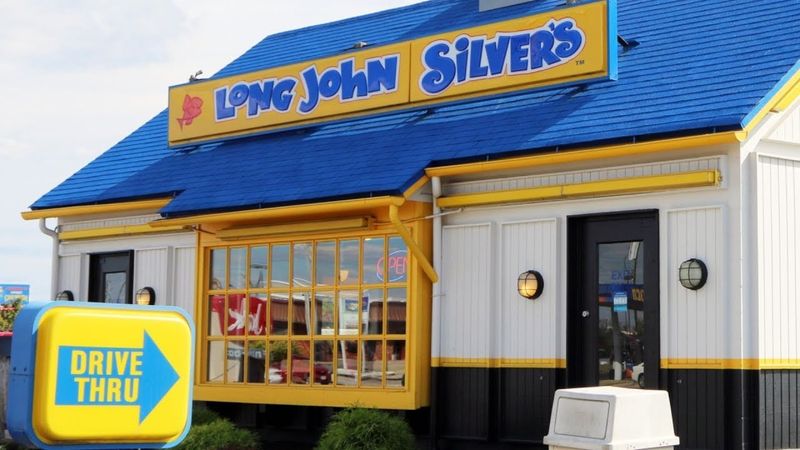
Fried seafood and nautical themes defined this fast-food chain, but Long John Silver’s sailed into troubled waters. The restaurant closed hundreds of locations while struggling with brand perception.
Health-conscious consumers avoided fried foods while competitors offered fresher options. Their pirate theme felt gimmicky rather than authentic, making it harder to attract customers seeking quality seafood experiences at reasonable prices.
Perkins
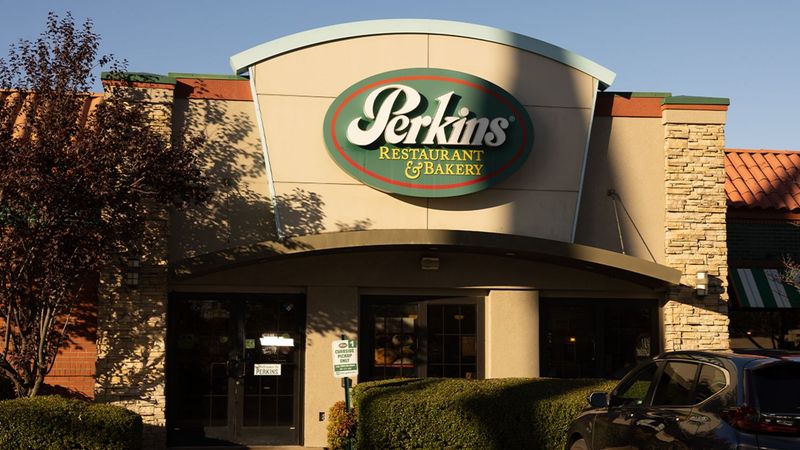
Breakfast served all day attracted loyal customers, but Perkins couldn’t keep pace with changing dining habits. The family restaurant chain closed numerous locations while filing for bankruptcy.
Competition from fast-casual breakfast options and coffee shops reduced traffic. Their large restaurant spaces became expensive to maintain while profit margins remained thin in the competitive breakfast and lunch market.
Baja Fresh
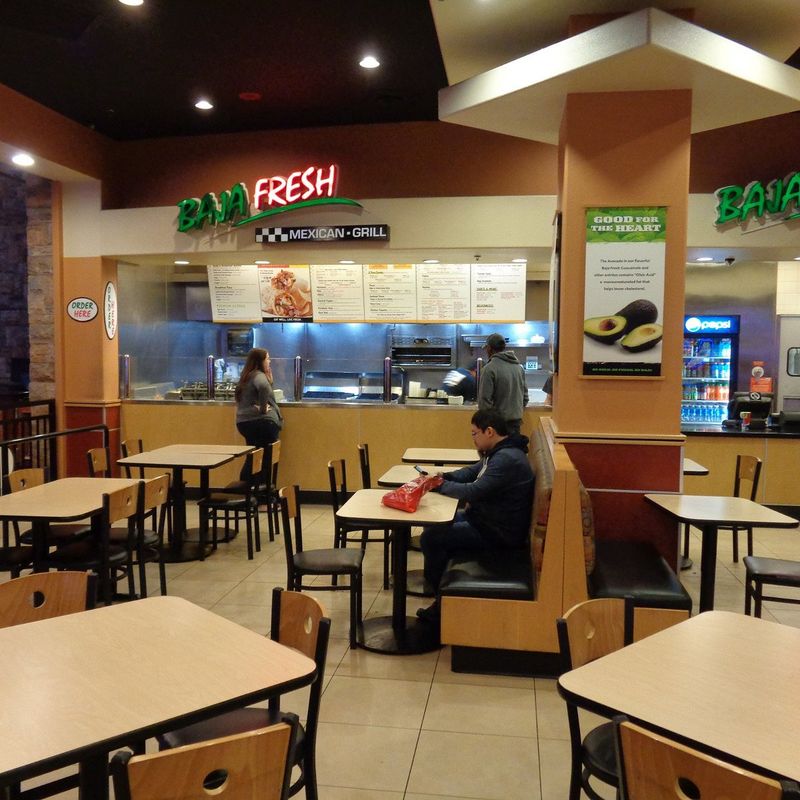
Fresh Mexican food without freezers or microwaves sounded appealing, but Baja Fresh couldn’t maintain growth momentum. The chain closed many locations while struggling with operational costs.
Chipotle and other fast-casual competitors dominated the market with better locations and marketing. Their commitment to fresh ingredients increased expenses while customer traffic remained inconsistent, making profitability challenging.
Sweet Tomatoes (Souplantation)
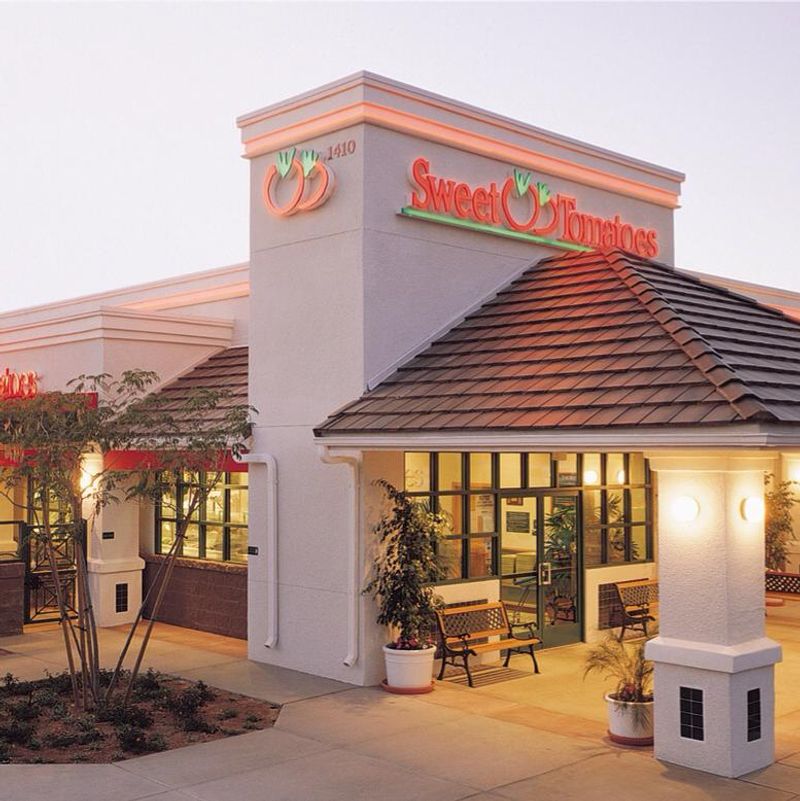
Healthy salads and soups attracted health-conscious diners, but Sweet Tomatoes wilted under pandemic pressure. The buffet-style chain permanently closed all locations in 2020.
Self-service dining became problematic during health concerns about shared food surfaces. The company couldn’t transition to traditional restaurant service while maintaining their fresh, healthy food concept that customers originally loved.
Leave a comment